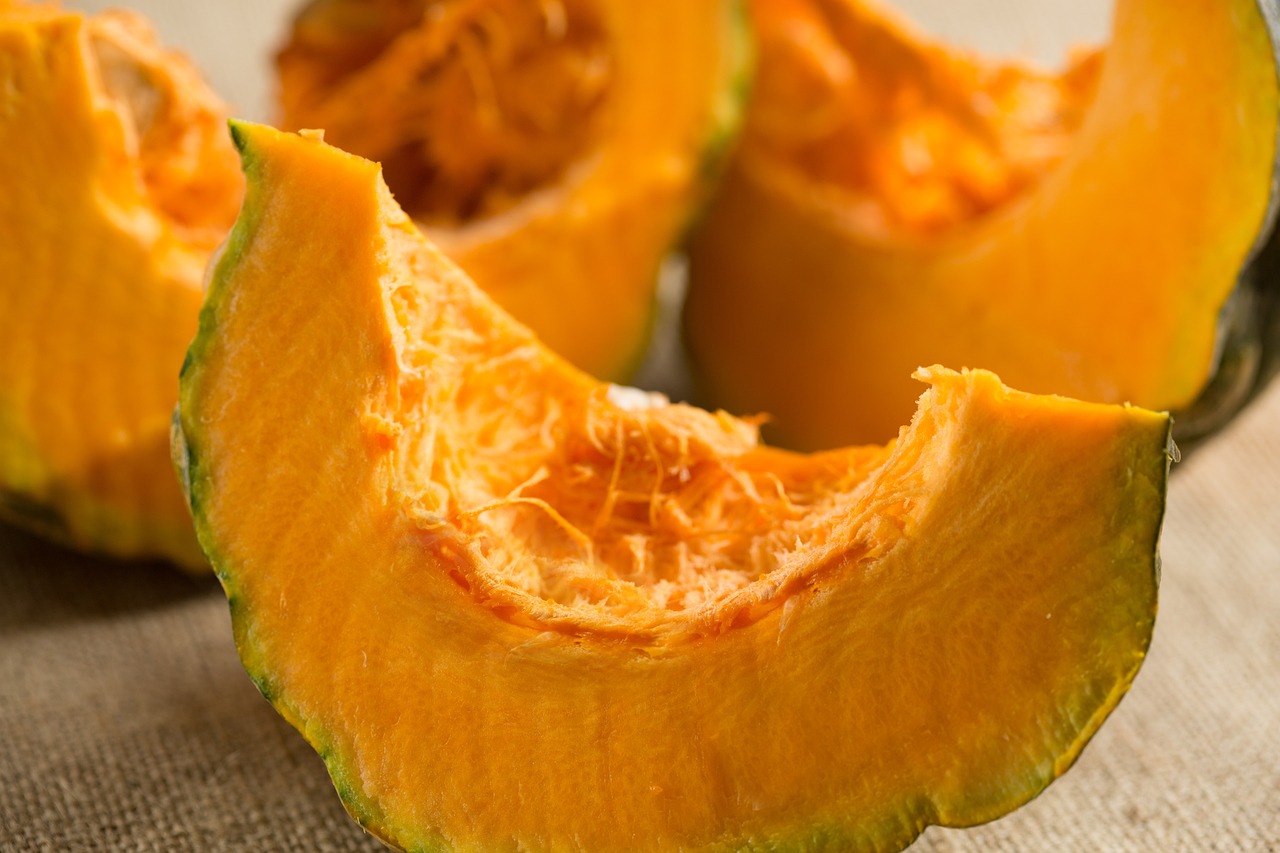The Paleo Diet, often referred to as the “caveman diet,” has gained significant popularity in recent years as a way to promote better health and wellness. Inspired by the diet of our prehistoric ancestors, the Paleo approach emphasizes whole foods that are unprocessed and nutrient-dense. By eliminating grains, legumes, dairy, and processed foods, proponents of the Paleo Diet believe that they can achieve optimal health. In this blog post, we’ll explore the essential components of the Paleo Diet, its numerous benefits, some potential drawbacks, practical tips for adopting this lifestyle, and delicious meal ideas to get you started.
Understanding the Paleo Diet
What is the Paleo Diet?
The Paleo Diet is based on the premise that we should eat like our ancestors did during the Paleolithic era. This era lasted from approximately 2.5 million years ago until the introduction of agriculture about 10,000 years ago. The primary focus of the diet is on natural foods. Below are the main categories of foods included in the Paleo Diet:
- Meat and Fish: Preferred sources are grass-fed, free-range, or wild-caught.
- Fruits and Vegetables: Fresh, organic, and seasonal options are best.
- Healthy Fats: Avocados, nuts, seeds, and healthy oils like olive or coconut oil.
- Herbs and Spices: Fresh herbs and natural spices for flavoring food.
Foods to Avoid
While the Paleo Diet encourages whole foods, it specifically excludes:
-
<li Grains: Wheat, rice, corn, oats, and all processed grains.
- Dairy: Milk, cheese, yogurt, and any dairy products.
- Legumes: Beans, lentils, and peanuts.
- Processed Foods: Anything with additives, preservatives, or artificial ingredients.
Benefits of the Paleo Diet
Health Benefits
Numerous studies and anecdotal evidence suggest that the Paleo Diet can lead to various health benefits, including:
- Weight Loss: Many people report losing weight due to the high-protein and low-carb nature of the diet.
- Improved Blood Sugar Control: Reducing sugars and refined carbs can help maintain stable blood sugar levels.
- Enhanced Digestion: The elimination of grains and legumes may decrease gastrointestinal discomfort for some.
- Increased Energy Levels: Many find they have more sustained energy throughout the day.
Mental Clarity and Wellness
The Paleo Diet may also provide cognitive benefits:
- Reduced Inflammation: A diet rich in antioxidants from fruits and vegetables can combat inflammation.
- Improved Mood: Stable blood sugar and nutrient-rich foods may lead to better mental health.
Potential Drawbacks
Limitations of the Paleo Diet
While there are numerous benefits, the Paleo Diet does have some potential drawbacks to consider:
- Nutritional Deficiencies: Avoiding entire food groups may lead to deficits in calcium, vitamin D, and B vitamins.
- Cost: Organic and grass-fed foods tend to be more expensive.
- Social Challenges: Dining out can be more complicated when following strict dietary rules.
Who Should Consider It?
The Paleo Diet may be particularly beneficial for individuals with:
- Weight loss goals.
- Blood sugar management issues such as type 2 diabetes.
- Food sensitivities or intolerances.
Tips for Getting Started with the Paleo Diet
Practical Steps for Transition
Adopting the Paleo Diet doesn’t have to be overwhelming. Here are some practical tips to make the transition easier:
- Start Slow: Gradually replace processed foods with whole foods.
- Create a Meal Plan: Planning meals in advance can ensure you stay on track.
- Stock Your Pantry: Fill your kitchen with Paleo-friendly staples like nuts, seeds, and fresh produce.
- Experiment with Recipes: Explore new dishes that fit the Paleo framework.
Sample Paleo Meal Ideas
Incorporating the Paleo Diet into your meals can be delicious and satisfying. Here are some sample meals:
- Breakfast: Scrambled eggs with spinach and diced tomatoes, served with avocado.
- Lunch: Grilled chicken salad with mixed greens, walnuts, and a balsamic dressing.
- Dinner: Baked salmon with asparagus and a side of sweet potatoes.
- Snacks: Fresh fruit, vegetable sticks with guacamole, or a handful of nuts.
Conclusion
The Paleo Diet offers a compelling approach to nourishing the body through whole, unprocessed foods that hark back to our ancestral roots. By understanding its underlying principles, benefits, and potential drawbacks, you can make an informed decision about whether this dietary approach aligns with your health goals. As with any diet, listen to your body, and consider consulting with a healthcare professional to tailor a plan that suits your individual needs. With the right preparation and mindset, the Paleo Diet can lead to improved health, increased vitality, and a deeper connection with the way we eat.






